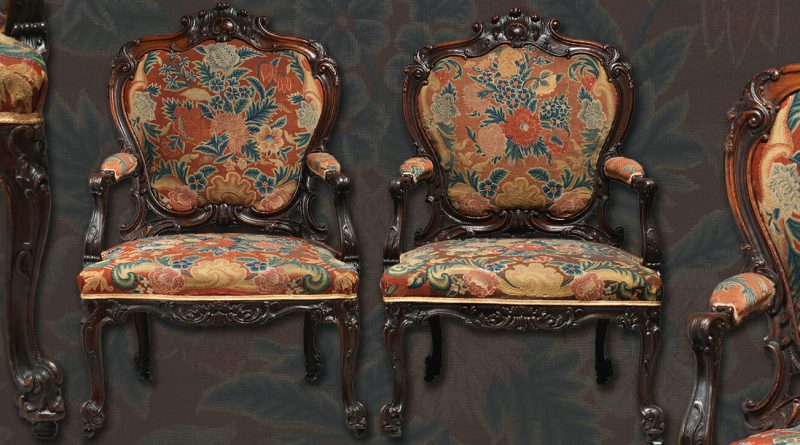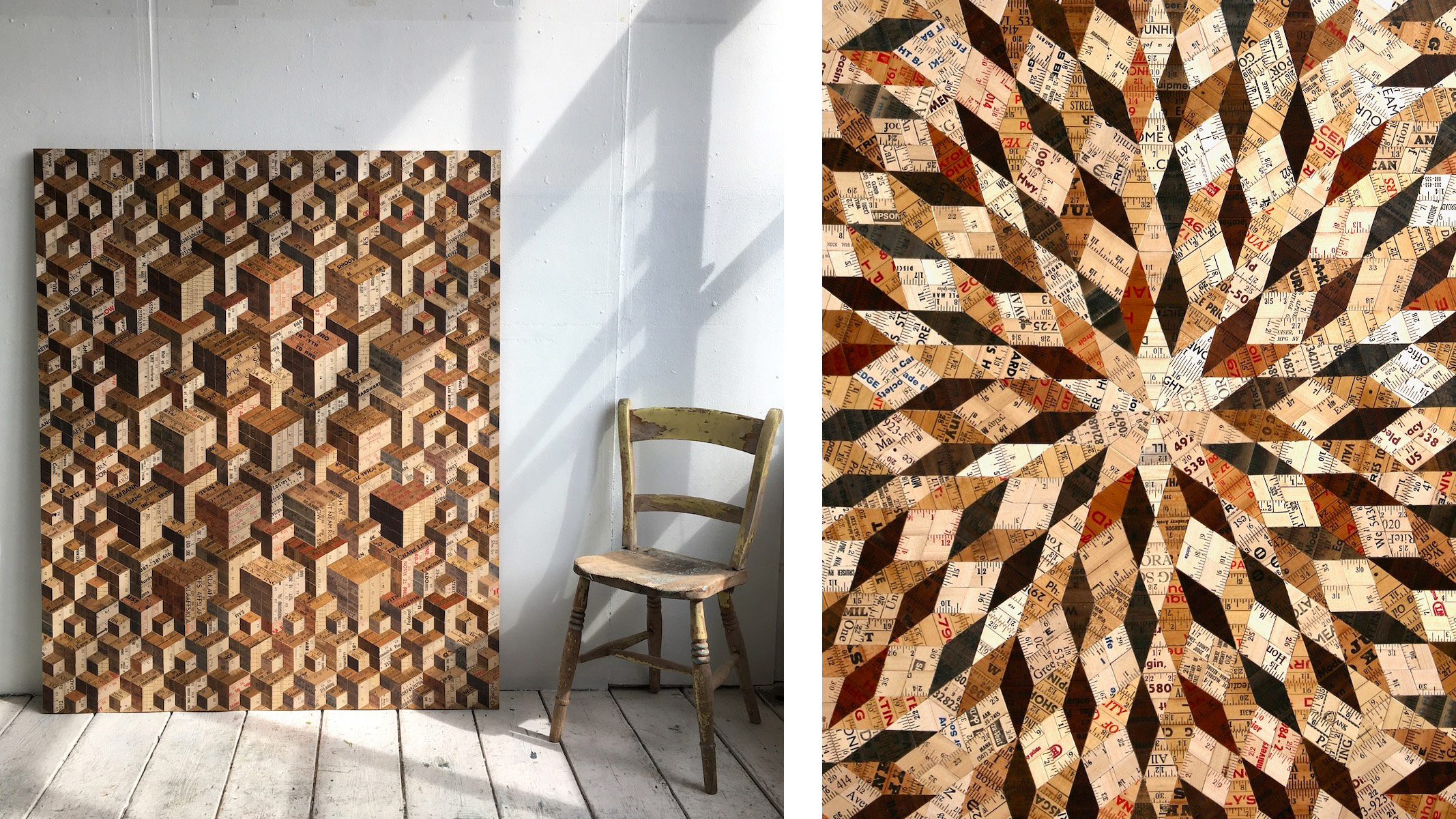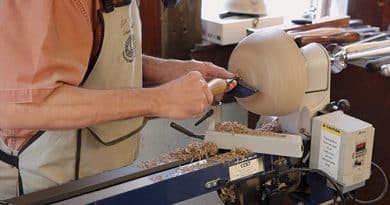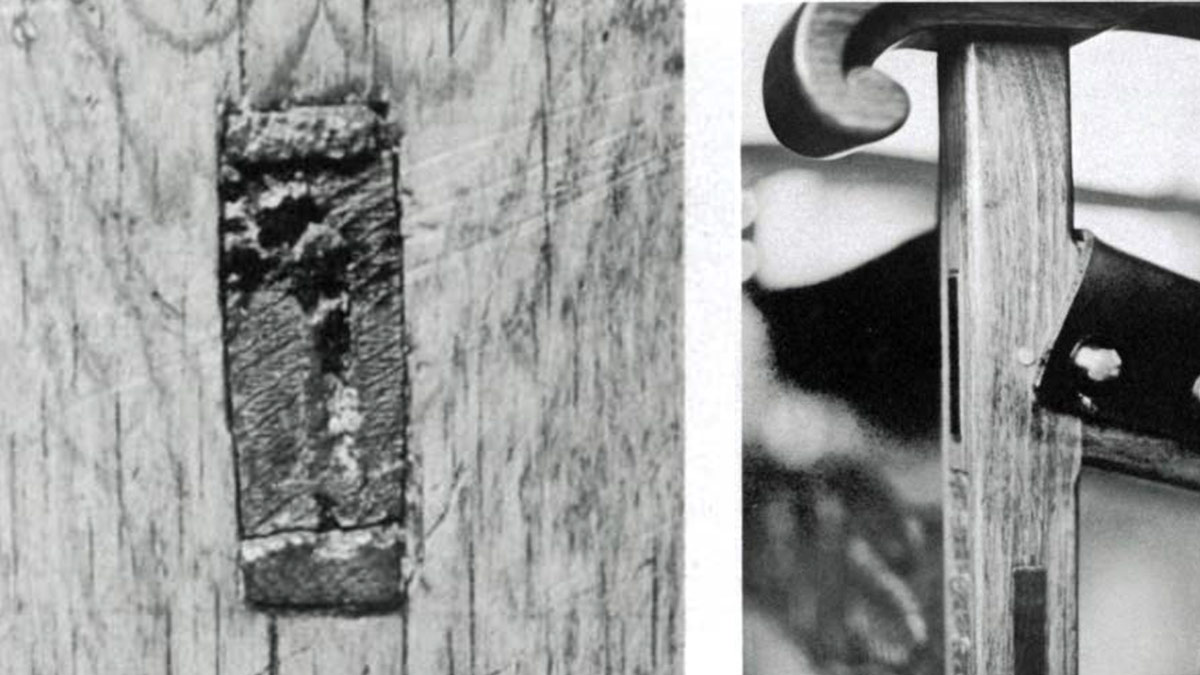Something About Indian Wood and Indian Furniture
Not many people are aware that India produces some of the best wooden furniture in the world. The country has a long and colorful history as far as wooden furniture is concerned. While furniture manufactured in India has garnered appreciation from almost all parts of the world, rarely do we come across anybody aware of the tradition and history of Indian furniture.
Wooden furniture making has been practiced in India since 1336 AD. It was the empires and the kings from southern India that patronized the craft. Century-old wooden articles bear testimony to that. The workers were held in high esteem by the royalty because the craft of carving wood was considered more of an art and trade and India has a history of patronizing art and artisans.
As a result, wooden furniture and wooden crafts can be found anywhere in India. Besides the standard and conventional furniture items, wooden doors, walls, posts, etc. can be found even in the remotest corner of the country, not to mention the modern buildings and ancient temples and architecture that bear testimony to the craftsmanship.
There are various important implications of carrying out wooden craftsmanship in India. To be honest, Indian furniture and other wooden items are heavily influenced by the art and literature of the country. Ebony wood has been widely used in the manufacture of Indian furniture, especially in the south and among royal families. In the northern part of the country, walnut wood was more in vogue. Folklore and legends on wood can be preserved for centuries as in India, furniture is usually passed through generations.
Indian craftsmen are renowned to convert wood into amazing pieces of furniture. Most often, locally found wood is used in the manufacture of screens, tables, boxes, trays, toys, candle-holders, and other decorative pieces. The wood that is widely used in the manufacture of Indian furniture items includes teak, sandal, rose, and even coconut. Sandal wood, in particular, is often considered by Indians to be the gift of god because of its durability and the fragrance that it emits.
Despite the tremendous progress in the field of technology, Indian furniture is still carved out from traditional tools. Not many machines are used in their manufacture. This has helped the wooden pieces retain their ethnicity. As the furniture pieces are hand-made, they are a symbol of elegance and durability. This also makes every Indian furniture piece unique.
The easy availability of quality wood has been a major reason behind the spread of furniture making in India. Of late, however, the government has put down strict norms on felling trees. This has resulted in the high price of Indian furniture. Trees are being allowed to grow for commercial use, though their indiscriminate cutting has been stopped.
Each piece of furniture produced in a certain part of India has its characteristics. For instance, colorful paintings often adorn the furniture manufactured in the Western states. Those manufactured in the South, on the other hand, are more ornamental.




